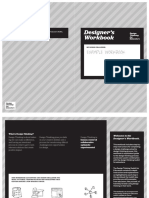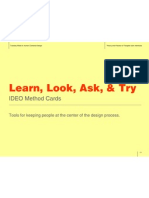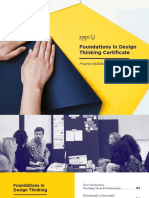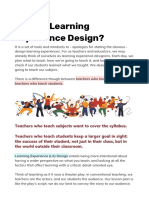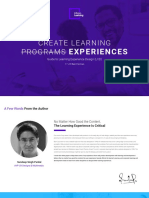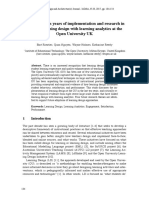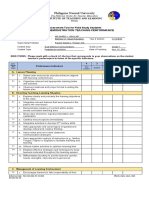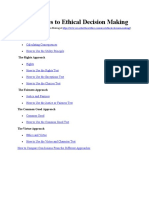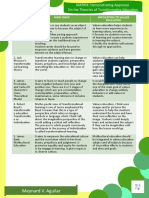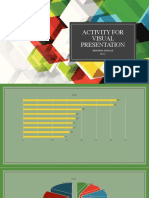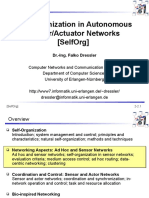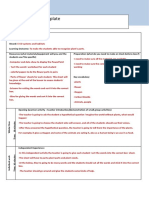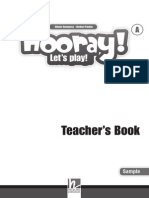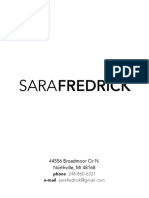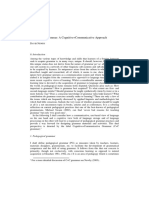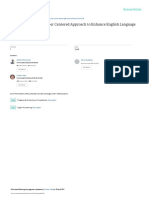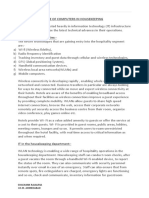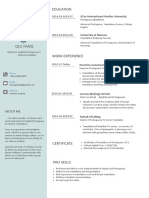0% found this document useful (0 votes)
933 views4 pagesLearning Experience Design Guide
The document discusses learning experience design (LX design), an approach that combines education and design. LX design focuses on applying design thinking tools and mindsets to create lessons, training programs, and materials in an empathetic and intentional way that achieves learning goals. It emphasizes understanding learners, who have diverse needs, environments, and strengths. Designers prototype learning experiences, get feedback, and improve them. The goal is to create more accessible and humane learning experiences.
Uploaded by
Meynard AguilarCopyright
© © All Rights Reserved
We take content rights seriously. If you suspect this is your content, claim it here.
Available Formats
Download as PDF, TXT or read online on Scribd
0% found this document useful (0 votes)
933 views4 pagesLearning Experience Design Guide
The document discusses learning experience design (LX design), an approach that combines education and design. LX design focuses on applying design thinking tools and mindsets to create lessons, training programs, and materials in an empathetic and intentional way that achieves learning goals. It emphasizes understanding learners, who have diverse needs, environments, and strengths. Designers prototype learning experiences, get feedback, and improve them. The goal is to create more accessible and humane learning experiences.
Uploaded by
Meynard AguilarCopyright
© © All Rights Reserved
We take content rights seriously. If you suspect this is your content, claim it here.
Available Formats
Download as PDF, TXT or read online on Scribd
/ 4












